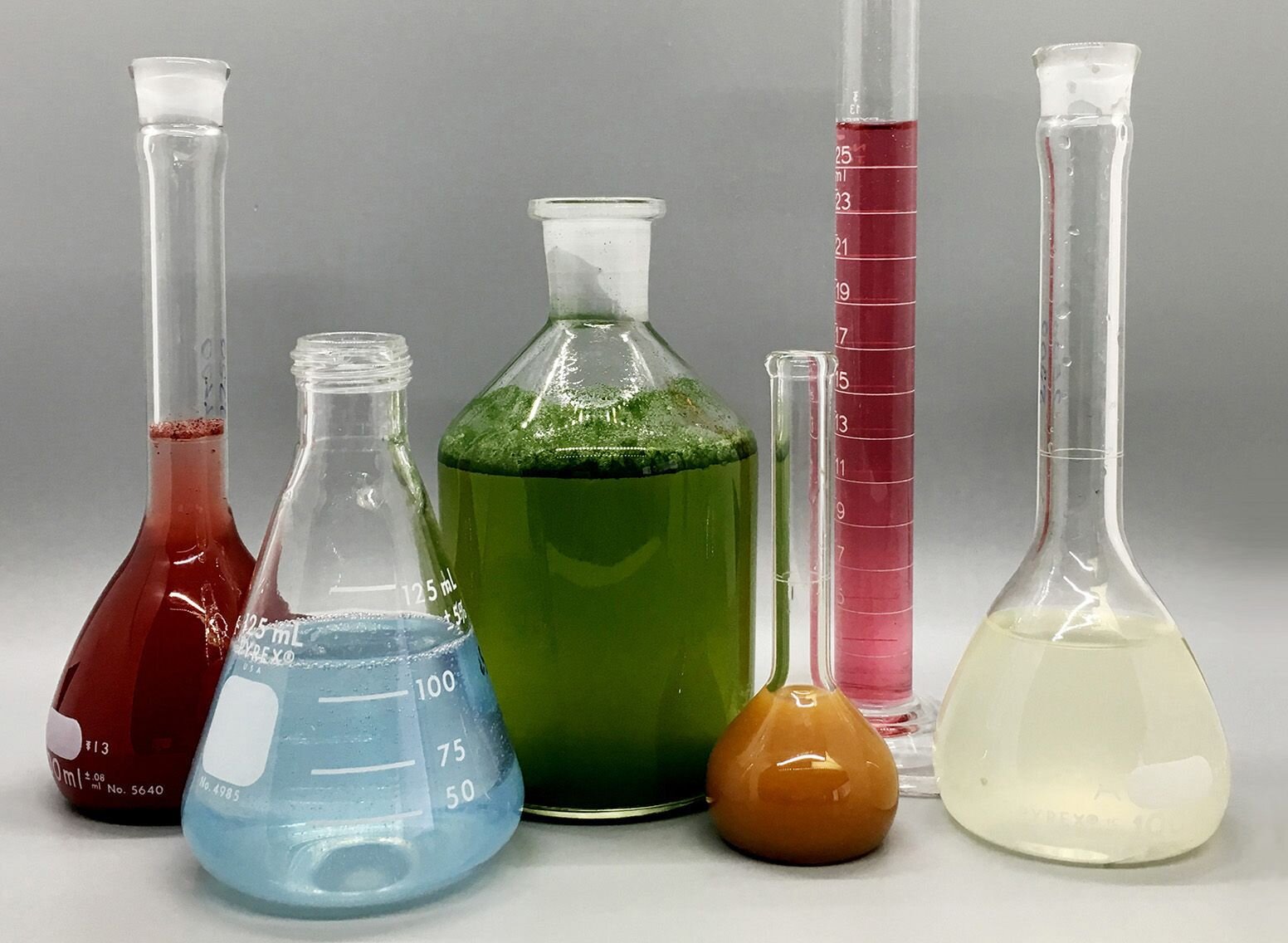The Definitive Guide to Circularly Polarized Luminescence
Branch of spectroscopy Table-top spectrophotometer Beckman IR-1 Spectrophotometer, ca. 1941 Beckman Design DB Spectrophotometer (a double beam model), 1960 Hand-held spectrophotometer utilized in graphic market Spectrophotometry is a branch of electro-magnetic spectroscopy worried with the quantitative measurement of the reflection or transmission properties of a material as a function of wavelength.
Although spectrophotometry is most typically used to ultraviolet, noticeable, and infrared radiation, modern spectrophotometers can question wide swaths of the electromagnetic spectrum, including x-ray, ultraviolet, visible, infrared, and/or microwave wavelengths. Spectrophotometry is a tool that depends upon the quantitative analysis of molecules depending upon just how much light is absorbed by colored substances.
The Single Strategy To Use For Spectrophotometers
A spectrophotometer is commonly utilized for the measurement of transmittance or reflectance of solutions, transparent or nontransparent solids, such as polished glass, or gases. Although numerous biochemicals are colored, as in, they absorb noticeable light and for that reason can be measured by colorimetric treatments, even colorless biochemicals can typically be converted to colored compounds ideal for chromogenic color-forming reactions to yield substances ideal for colorimetric analysis.: 65 Nevertheless, they can also be developed to measure the diffusivity on any of the listed light ranges that typically cover around 2002500 nm using various controls and calibrations.
An example of an experiment in which spectrophotometry is utilized is the determination of the balance constant of an option. A particular chain reaction within a service might take place in a forward and reverse direction, where reactants form items and items break down into reactants. Eventually, this chemical response will reach a point of balance called a stability point.
6 Easy Facts About Spectrophotometers Shown
The quantity of light that travels through the solution is a sign of the concentration of certain chemicals that do not allow light to pass through. The absorption of light is due to the interaction of light with the electronic and vibrational modes of particles. Each kind of particle has an individual set of energy levels associated with the makeup of its chemical bonds and nuclei and hence will absorb light of particular wavelengths, or energies, resulting in special spectral properties.
They are widely used in lots of industries including semiconductors, laser and optical production, printing and forensic assessment, as well as in laboratories for the research study of chemical substances. Spectrophotometry is typically utilized in measurements of enzyme activities, determinations of protein concentrations, decisions of enzymatic kinetic constants, and measurements of ligand binding reactions.: 65 Ultimately, a spectrophotometer is able to figure out, depending on the control or calibration, what compounds are present in a target and exactly how much through calculations of observed wavelengths.
Created by Arnold O. Beckman in 1940 [], the spectrophotometer was created with the help of his coworkers at his company National Technical Laboratories founded in 1935 which would end up being Beckman Instrument Company and ultimately Beckman Coulter. This would come as an option to the previously created spectrophotometers which were unable to take in the ultraviolet correctly.
The Greatest Guide To Uv/vis
It would be found that this did not offer satisfying results, for that reason in Model B, there was a shift from a glass to a quartz prism which permitted for much better absorbance outcomes - circularly polarized luminescence (https://www.abnewswire.com/companyname/olisclarity.com_129679.html#detail-tab). From there, Design C was born with a change to the wavelength resolution which ended up having 3 units of it produced
It was produced from 1941 to 1976 where the cost for it in 1941 was US$723 (far-UV accessories were an alternative at extra cost). In the words of Nobel chemistry laureate Bruce Merrifield, it was "most likely the most important instrument ever established towards the advancement of bioscience." Once it ended up being stopped in 1976, Hewlett-Packard created the very first commercially available diode-array spectrophotometer in 1979 known as the HP 8450A. It irradiates the sample with polychromatic light which the sample takes in depending on its homes. Then it is sent back by grating the photodiode array which discovers the wavelength region of the spectrum. Ever since, the production and application of spectrophotometry gadgets has actually increased immensely and has actually turned into one of the most ingenious instruments of our time.

An Unbiased View of Spectrophotometers
The grating can either be movable or repaired.
In such systems, the grating is fixed and the intensity of each wavelength of light is measured by a various detector in the array. In addition, most modern-day mid-infrared spectrophotometers use a Fourier change method to get the spectral details - https://allmyfaves.com/olisclarity1?tab=Olis%20Clarity. This technique is called Fourier change infrared spectroscopy. When making transmission measurements, the spectrophotometer quantitatively compares click reference the portion of light that goes through a referral option and a test option, then electronically compares the intensities of the 2 signals and calculates the percentage of transmission of the sample compared to the recommendation standard.

Comments on “The Greatest Guide To Uv/vis/nir”